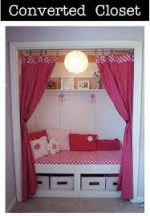220.14(J) Dwelling Units.
In one-family, two-family, and multifamily dwellings, the minimum unit load shall be not less than 33 volt-amperes/m2 (3 volt-amperes/ft2). The lighting and receptacle outlets specified in
220.14(J)(1), (J)(2), and (J)(3) are included in the minimum unit load. No additional load calculations shall be required for such outlets. The minimum lighting load shall be determined using the minimum unit load and the floor area as determined in
220.11 for dwelling occupancies. Motors rated less than 1⁄8 hp and connected to a lighting circuit shall be considered part of the minimum lighting load.
- (1)
All general-use receptacle outlets of 20-ampere rating or less, including receptacles connected to the circuits in 210.11(C)(3) and 210.11(C)(4)
- (2)
The receptacle outlets specified in 210.52(E) and (G)
- (3)
The lighting outlets specified in 210.70



